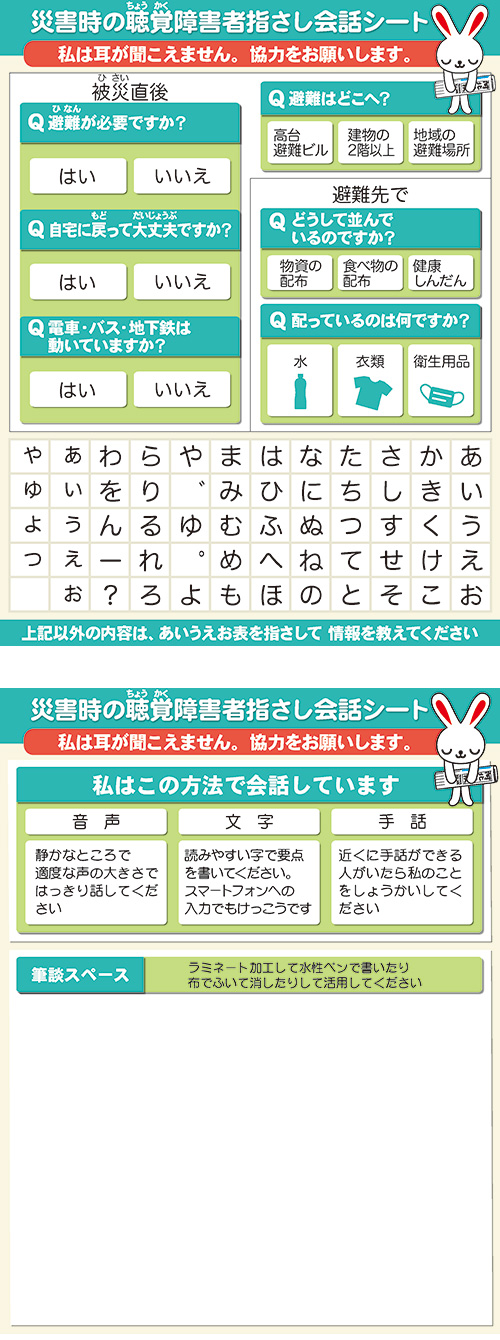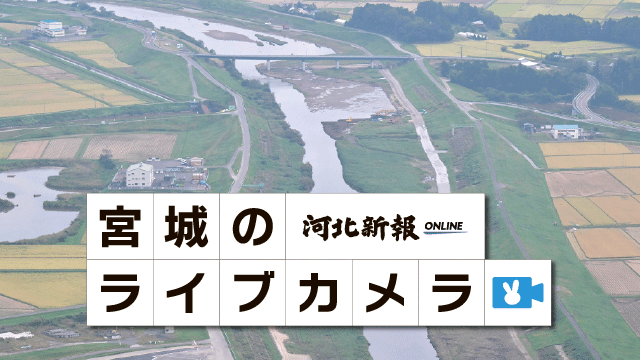Part 4: School (3) Coordination / Residents Urge for Students to “Run”




Immediately after the Great East Japan Earthquake occurred, residents of Ogatsu, Ishinomaki City called for evacuation to the teaching staff of Ogatsu Elementary School, saving the lives of many children.
“It shook like the earth was breaking open.” Maki Sato (41), whose two children attended Ogatsu Elementary School, was working at a local supermarket when the earthquake hit.
As a child, she had seen black and white photographs depicting the Showa Sanriku Tsunami (1933) at the same school. She remembered an image of a tattered ship washed onto the schoolyard. Although the school building was elevated after the incident, it still stood 300 meters away from the sea. “A tsunami is coming” - she was certain of it.
Once the shaking subsided, Sato drove straight to Ogatsu Elementary School. Arriving sometime before 3 p.m., she found 40-50 students, mostly upperclassmen, huddled in the middle of the schoolyard as the aftershocks continued.
While relieved to find that her father-in-law had already taken her two children home, she was also concerned for the remaining students. Ogatsu Elementary School had designated its tsunami evacuation area as Niiyama Shrine, which stood at a mountain behind the school. It was located at least five meters above the schoolyard, but there was no sign of the students heading there.
“Teacher, what are you going to do about these children?”
“Since the aftershocks are continuing, we will have them wait here in the schoolyard.”
Sato could hardly believe her ears. “I’m begging you, let the children escape. The waves are coming in, so take the children up to the shrine. Please take them up!”
Meanwhile, another mother had rushed to the school using a seaside route. She yelled at fourth grade homeroom teacher Hiroshi Tokumizu (59), “The waters of Ogatsu Bay have pulled back and I could see the bottom! Just how long are you going to be at the schoolyard!”
According to teachers and residents at the scene, the school had initially been considering evacuation to the gymnasium or the roof of the two-floor school building. Tokumizu looks back, “We had made light of the situation, thinking that even if the waves came, they would stop at the first floor.”
In the end, the children ran up the stone steps to Niiyama Shrine under faculty guidance. Local residents had already evacuated to the shrine grounds, as well as children and staff from the Ogatsu Nursery School.
Before long, the tsunami struck the schoolyard. The gymnasium was swept away entirely, and the school building was submerged under the waves.
The waves drew closer to the shrine, making a roaring sound as they destroyed buildings. The children made their way to the summit by walking up a narrow path, led by residents among the falling snow. Following the suggestion of a firefighter who was familiar with local geography, they evacuated to a waste incineration plant located inland down the mountain pass. A total of 200 people, including the children, teaching staff, and residents, ended up spending the night at the plant.
Out of the 104 students of Ogatsu Elementary School, one student passed away while away from school grounds. The remaining students were able to safely escape with their families and members of the community, in addition to the 40-50 children who evacuated from the school.
◎Sharing a sense of crisis with the community / Collaborating to develop evacuation guidelines
Teachers generally come from outside of the community for their placement, and transfer after only a few years. Frequent personnel changes are unavoidable, and at the schools, memories of disaster fade along with the passage of time. In order to maintain a sense of crisis, it is necessary for the students’ guardians and the local community to avoid relying solely on the school for disaster prevention.
The reason behind the safe evacuation of the Ishinomaki City Ogatsu Elementary School students is that their mothers had laid out a foundation for an evacuation protocol beforehand.
Maki Sato, one of the mothers who urged the school to evacuate, took a position in the PTA a few years before the earthquake. Her predecessor had repeatedly reminded her, “Teachers coming from outside don’t understand the threat of tsunamis. Make sure to discuss escape routes for the children with them.”
Advised also to meet directly with the teachers in order to build a trusting relationship, Sato regularly visited the school to discuss a wide range of issues, including disaster prevention, over tea. A summer before the earthquake, the school held a weeding event. Sato used this opportunity to climb to Niiyama Shrine together with other parents, the children, and the teaching staff, confirming the evacuation route.
This month, the PTA of the disaster-stricken Ishinomaki City Minato Elementary School (138 students) completed an “Earthquake Disaster Prevention (Mitigation) File.” Based on the Minato District, it explains the mechanism of earthquakes, day to day preparations, and rules of appropriate behavior during evacuation, in terms that are easy to follow. The school will use it for disaster education from the new school year.
Development of the guidebook was led by Takehiko Saito (41), PTA Chairman and firefighter. ”It is difficult to prevent disaster, but damage could be mitigated through individual awareness. We hope the document will create an opportunity for households to discuss where to escape during an emergency.”
On the day of the earthquake, the tsunami nearly reached the second floor of Minato Elementary School, but all 200 children remaining at the school were able to safely escape to a higher floor.
Nearby cars caught in traffic were swallowed by the muddy waters, one after another. A fourth grade female student also lost her life in a car after returning home from school, hit by the tsunami while driving with her parents and grandmother. They had apparently been heading back to the elementary school to pick up her brother, then in first grade.
While the File urges evacuation by foot in order to prevent these tragedies from recurring, it also calls for parents to pick up their children after the warning is cancelled.
“There should be no more sacrifices, whether child or adult. We would like the school and the students’ guardians to come together, and have an ‘awareness of disaster mitigation’ take root,” says Saito.
Minato Elementary School currently holds its classes at Sumiyoshi Junior High School, located inland. It will merge with Minato Second Elementary School by spring 2014, and aim to restart their lessons at the original school building.
Vice Principal Tetsuo Takara (60) states, “We would like to actively use the File for evacuation training, and continue to improve upon it by pointing out anything we notice to the parents.”
Translated by Anna Wada
March 30, 2013 (Sat.)
[Japanese] http://www.kahoku.co.jp/special/spe1114/20130330_01.html
 朝刊・夕刊
朝刊・夕刊 記事を探す
記事を探す FAQ
FAQ















